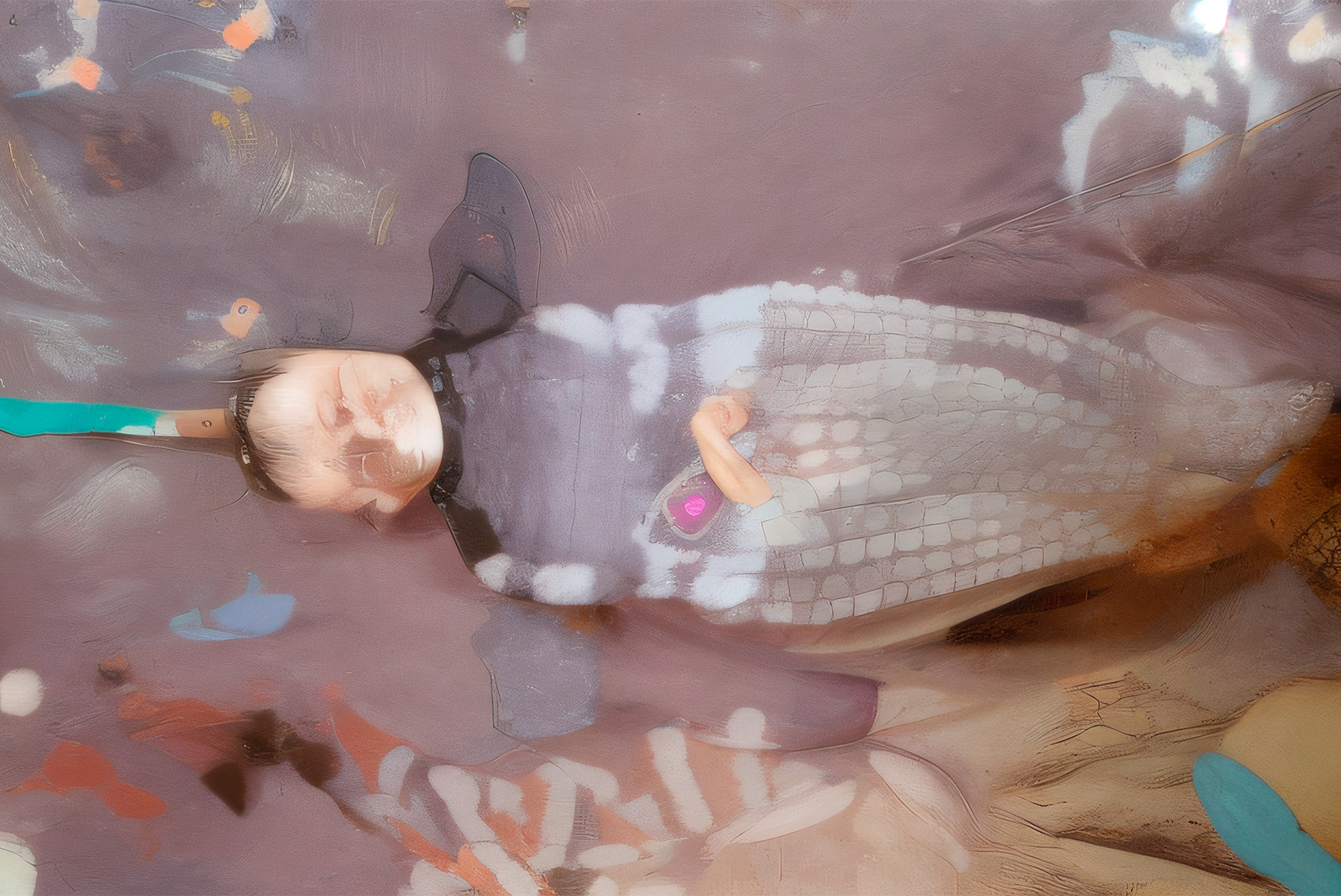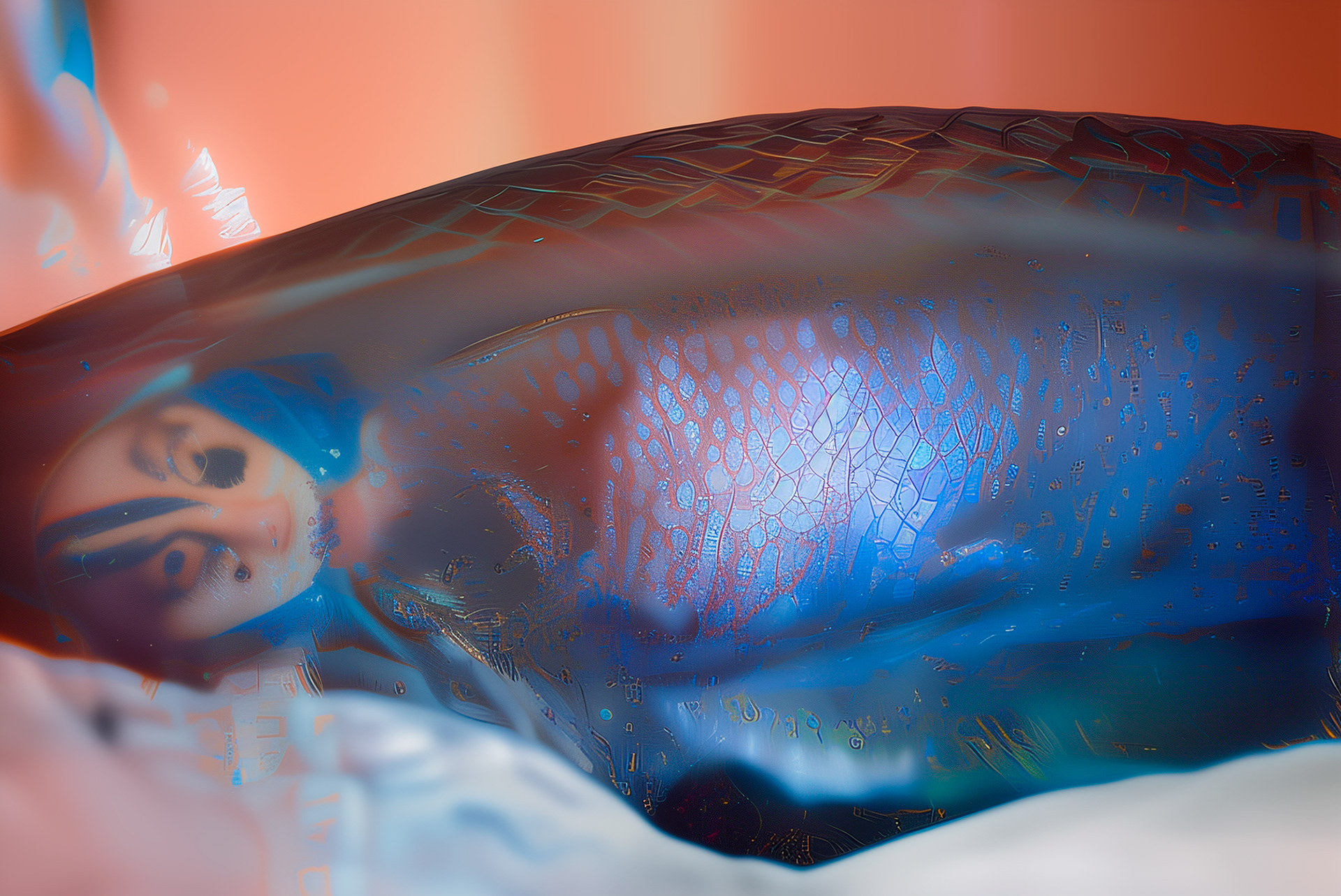In my childhood memories, two types of fish in my hometown were often confused due to their similar appearance. One was a ferocious predator, the other a quiet bottom-dweller. Interestingly, the quieter fish had a rather impressive Chinese name—爬虎鱼, or “Climbing Tiger Fish.” Later, I learned that it is also known as Abbottina rivularis, a species "first" described and named by David Starr Jordan.
As a leading ichthyologist in the late 19th century and the founding president of Stanford University, Jordan cataloged over 2,500 fish species during a transformative era of biology, shaped by colonial expansion and exploration. Yet, these advancements in biology paralleled the social misapplication of eugenics. Jordan’s focus on classification, hierarchy, and lineage extended beyond fish later in his life. He became a prominent eugenicist, promoting discriminatory policies tied to fears of national decline and deeming certain Asian migrants as a racial danger.
Eugenics, later discredited as pseudoscience, caused immense harm, perpetuating systemic inequality. Ironically, modern phylogenetics has revealed that “fish” as a category is scientifically invalid—an incomplete representation of evolutionary relationships.
Using a dataset of Asian fish species described by Jordan, combined with my childhood photographs, I trained an AI model. It learns the probability distribution of these images purely in a visual context. This distribution is continuous, thereby blurring the original boundary between two distinct categories. In this project, machine vision serves as a lens to reexamine Jordan's legacy and challenge the rigid systems of classification, whether in nature or society, inviting reflection on how we might embrace complexity over division.







